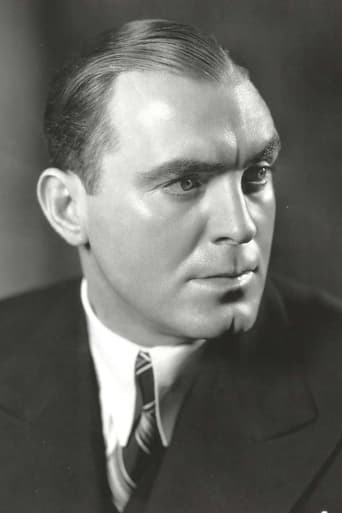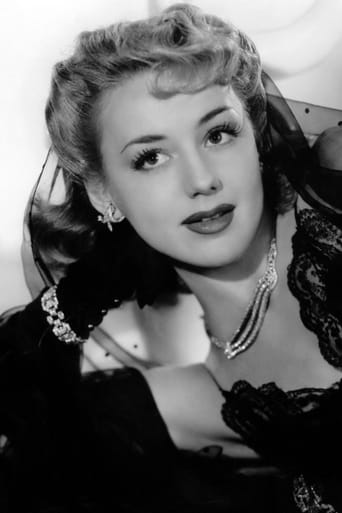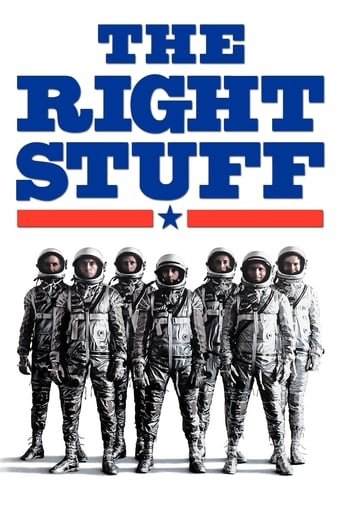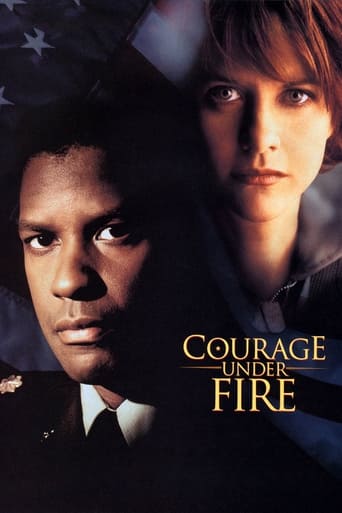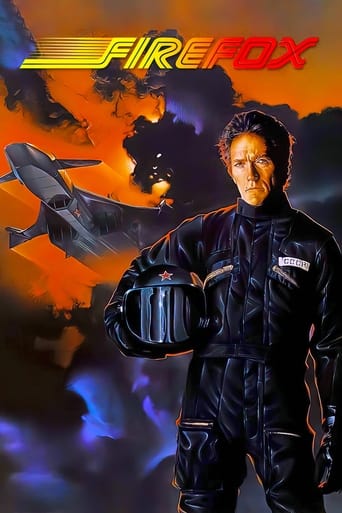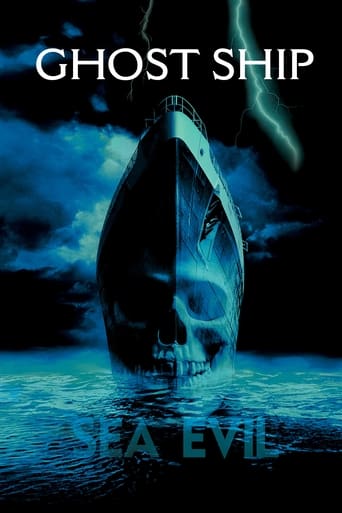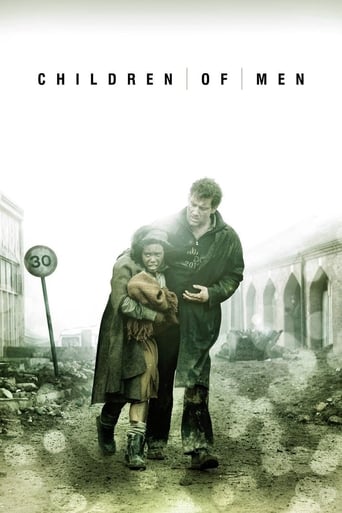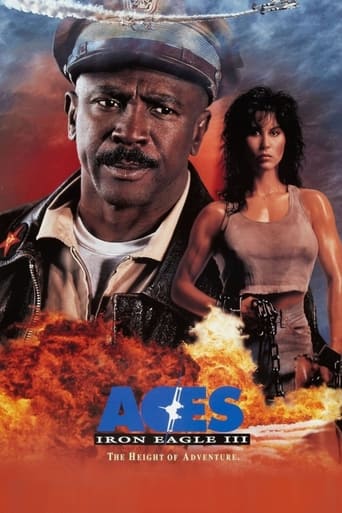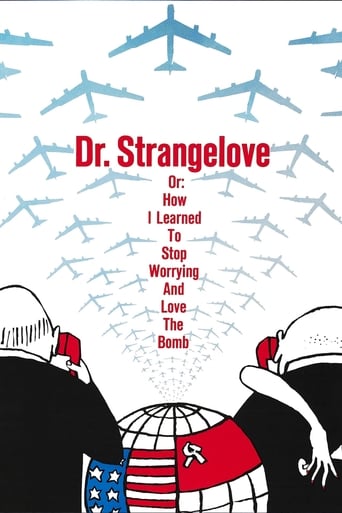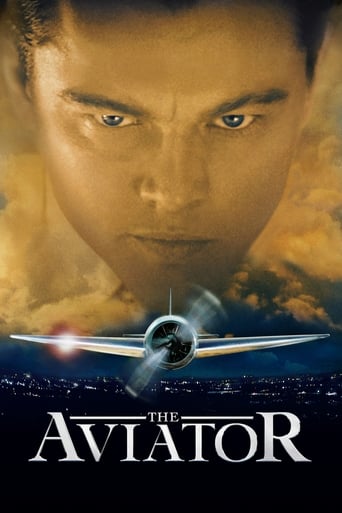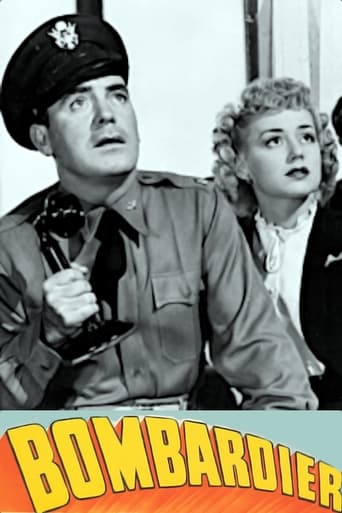
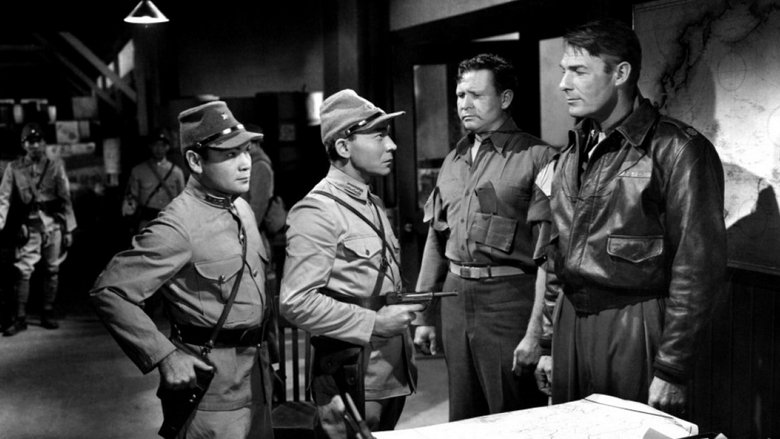
Bombardier (1943)
A documentary/drama about the training of bombardiers during WWII. Major Chick Davis proves to the U.S. Army the superiority of high altitude precision bombing, and establishes a school for bombardiers. Training is followed in semi-documentary style, with personal dramas in subplots. The climax is a spectacular, if somewhat jingoistic, battle sequence.
Watch Trailer
Cast


Similar titles
Reviews
Where to begin with this dog of a movie? We could start by pointing out that the premise of the story is wrong, namely, that bombardiers are about to become the most crucial people in the war and that with their wonderful, new, super-top-secret bombsite they will be able to hit their targets right on the nose from 20,000 feet. Total nonsense. Even when the movie was made, nobody could have believed it. Here is a good example of wildly inaccurate bombing was right to the end of the war, from the article on precision bombing in Wikipedia: "In the summer of 1944, 47 B- 29's raided the Yawata steel works from bases in China; only one plane actually hit the target area, and only with one of its bombs. This single 500 lb (230 kg) general purpose bomb represented one quarter of one percent of the 376 bombs dropped over Yawata on that mission. It took 108 B-17 bombers, crewed by 1,080 airmen, dropping 648 bombs to guarantee a 96 percent chance of getting just two hits inside a 400 x 500 ft (150 m) German power-generation plant." Early in the movie a cadet has moral scruples about bombing women and children. Oh, but that's what the wicked enemy does, he's told; our side bombs only military targets and does it with wonderful precision. Total nonsense again, on both counts.As for entertainment value, "Bombardier" has just about none. There's a little bit of information about how bombing crews are trained and a few interesting shots of Flying Fortresses——on the ground——but nothing else. There's the usual attempt to add a little romance and a bit of drama about who will pass and who will fail in the training, and whether anybody is afraid (sure, they are, but only a little), but it's all very lame. The dialogue can make you cringe, particularly the lines given to women. Almost all the flying scenes are done badly with pitiful models. The air battle near the end is almost laughable. As the film ends, a final shot is supposed to show a sky crowded with bombers in formation, but the artist who drew the scene has the sky so full of them, so jam-packed together that they're just about overlapping each other, like a flock of starlings.Or how about this for crappy writing? Near the beginning, the air force brass are talking about Hitler's Stuka attacks in Europe and how the U.S. had better get prepared in case one day it has to fight him. At the end our bombardiers are bombing Nagoya. But at no moment in between do we hear about Pearl Harbor or the start of the war for the U.S. Forgot to mention that, I guess.Don't waste your time. I did, and I regret it.
Basically a typical propaganda film for the last good war. But there were a couple things that struck me. First was the use of mouthed epithets. In two cases the Scott character mouths one, once at the beginning when he drops his bomb off target during the bomb-off ("dammit") and once when he is trying to sway a bombardier into being a pilot ("s*%t"). I could be wrong about the second instance but I replayed it several times and that's what it looks like to me. The third case is when the Anne Shirley character wishes the O'Brien character goodbye and good luck ("Give 'em hell") over the roar of the engines. She must have thought that was too unladylike because she clearly says "heck". I also found interesting the character that has moral problems with bombing, specifically bombing civilians. The avuncular superior officer assures him that only military targets will be hit due to the precision of the bombsight used. Given what we know about the LeMay's later strategy of firebombing Japanese cities into oblivion this scene plays with not a little irony. I remember McNamara's quoting of LeMay in "The Fog of War", something to the effect that if the US did not win the conflict he would be tried as a war criminal. The ending is way overwrought, in keeping with the movie. It reminded me a bit of the end of White Heat (I'm not comparing the films, just the ending!). Maybe it's just 'cause he gets blowed up. Blowed up real good!!!
There were a lot of films made by Hollywood during the war years that were designed to drum up support for our troops from the public. Seen today, some might dismiss them or just see them as propaganda--which they technically are, but of a positive sort and meant to unify the nation. This film is a pretty effective and entertaining example of the genre--having a pretty realistic script and good production values. Pat O'Brien plays pretty much the same character he played in MANY other films (you know, the tough-talking, hard-driven but "swell guy"). Randolph Scott is, as always, competent and entertaining and the rest of the extras are excellent (look for a young Robert Ryan as one of the bombardiers in training). While the story is reminiscent of several other movies about our pilots and crews, the film is well-crafted enough to make it interesting and not too far-fetched. That it, perhaps, except for the very end--where the film is a bit over-the-top but also VERY satisfying. About the only serious negative, and this is mostly for nitpickers, is that some of the stock footage is somewhat sloppily integrated in the film and "nuts" like me who are both history teachers and airplane lovers will probably notice this--all others probably won't notice.
Richard Martin first played Chito Rafferty in this movie World War 2 movie. He would go on to play that same character 32 times, mostly in Tim Holt Westerns, but he did play it twice along side Robert Mitchem in Nevada and West of the Pecos. The Chito Rafferty character also appeared alongside James Warren in Wanderer of the Wasteland. One wonders how a character that first appeared in a modern war flick ended up being a longtime sidekick in Westerns. Interestingly, the second time Martin played his famous character was not with Tim Holt, but with Robert Mitchum in Nevada. It would not be until 1947, that the Rafferty character appeared alongside cowboy star Tim Holt in Wild Horse Mesa.


